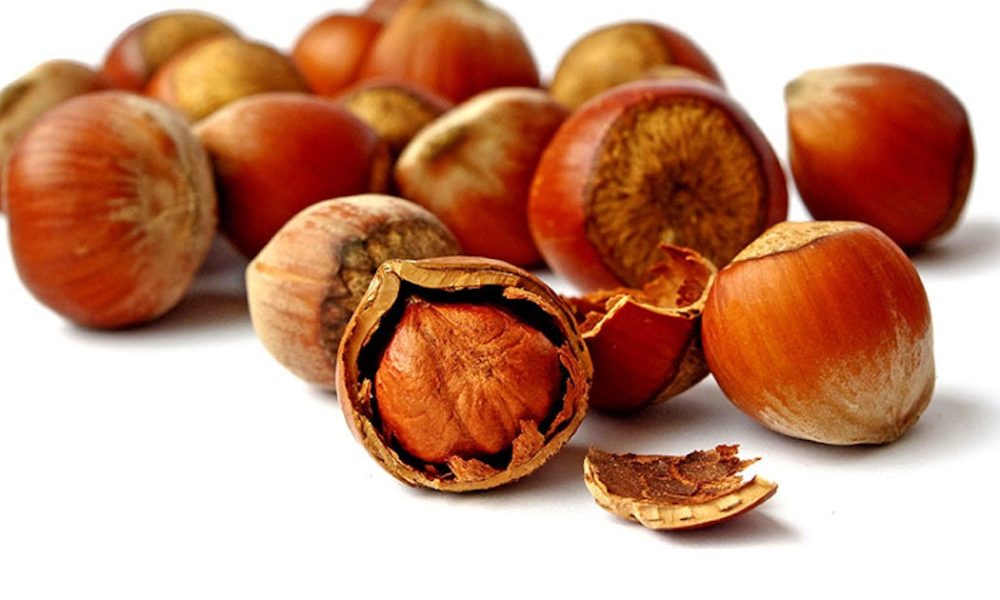
Having led a nomadic life for many of the years since I left home, the desire to tap roots has increased as I’ve aged.
The decade-plus that I have spent in the Willamette Valley has fueled that process, and as I explore the natural history of this area, my roots are growing deeper. I have enjoyed learning about the generations that lived here before my arrival. The natural resources that made life viable for the indigenous tribes and early settlers also have attracted me to settle here.
One of my favorite places to visit, nestled along the eastern banks of the meandering Willamette River, is Dorris Ranch. This 250-acre historic site and natural area is stewarded by Willamalane Park and Recreation District. Listed in the National Register of Historic Places, the paths through the filbert (aka hazelnut) orchards are enjoyed by hikers, dog walkers, nature lovers and students of natural history.
Agricultural roots in this valley go deep due to the practices of the indigenous tribes. The formerly nomadic Wineafilley band of the Kalapuya tribe inhabited this area for most likely hundreds of generations. They burned the fields on a regular basis to ensure the health of the Camas bulbs and other roots, seeds and berries, which were staples of their diets.
Uncooked, camas bulbs are a gooey, unpalatable mess. When carefully baked in a pit for a few days, the result is said to be tasty and the complex carbohydrates are broken down to a more digestible, nutritious form. The practice of field burning contributed greatly to the abundance of the camas roots as a food supply and rooted the native community to the land.
In the early 1800s, motivated by power and wealth, the fur companies, including the Hudson Bay Company, arrived here. These early settlers lived peacefully amongst the Kalapuya, trading guns and other items for the desired furs. The settlers’ diseases decimated the Kalapuya, and their trapping practices created what Douglas Card describes in his book, From Camas To Courthouse, as ”beaver deserts” as the numbers of these valuable native animals, our state animal, decreased.
Dorris Ranch was established in the late 1800s when George and Lulu Dorris purchased the land. After having limited success growing hops, they planted asparagus, artichokes, okra, peaches, plums, grapes, walnuts and cherries.
Taking advantage of the deep rich soil, a remnant of the Kalapuya bands field burning, they planted 50 filbert trees in 1903. There are now 11 separate orchards covering 75 acres and including over 9,000 filbert trees.
For 40 years, the Dorris Ranch Nursery proved to be a great producer of fine trees. During the years of operation the nursery produced and sold 70,000 trees annually, spreading their roots throughout the Northwest and the rest of the country.
Even today, more than 100 years later, Dorris Ranch still is a productive commercial filbert orchard, producing 50 tons of filberts each year as a nonprofit organization.
This living ranch, park and education center deepens our connection to this fertile valley. Whether it is the many couples that choose this historic site for their wedding ceremonies, the numerous students experiencing their history and roots in this valley, or those who enjoy the filbert harvest, this land continues to thrive and nourish our community. I invite you to explore this gem, visit the house and cabin, and stroll the paths through the orchards, and experience this historic site for yourself.
Health benefits of filberts, hazelnuts
Hazelnuts are rich in energy and many nutrients that are essential for optimum health. One hundred grams of nuts provide 628 calories. They are rich in monounsaturated fatty acids like oleic as well as essential fatty acid linoleic that help lower LDL or bad cholesterol and increase HDL or good cholesterol.
These nuts are rich in dietary fiber, vitamins, and minerals and packed with numerous health-promoting phytochemicals. Altogether, they help protect us from diseases and cancers.
Filberts are exceptionally rich in folate, which is a unique feature for nuts. One hundred grams of fresh nuts contain 113 mcg. Folate is an important vitamin that helps prevent megaloblastic anemia, nucleic acid synthesis, and most importantly, neural tube defects in the fetus. Good news for expectant mothers!
Filberts are an excellent source of vitamin E; contain about 15g per 100g. Vitamin E is a powerful lipid soluble antioxidant, required for maintaining the integrity of cell membrane of mucus membranes and skin by protecting it from harmful oxygen free radicals.
These nuts are free of gluten and therefore are a popular ingredient in the preparation of gluten-free foods for those who are gluten-sensitive, with wheat allergies and celiac disease.
The nuts are packed with many important B-complex groups of vitamins such as riboflavin, niacin, thiamin, pantothenic acid, pyridoxine (vitamin B-6) and folates.
They are a rich source of minerals like manganese, potassium, calcium, copper, iron, magnesium, zinc and selenium.
Copper and manganese are essential cofactors for antioxidant enzyme superoxide dismutase. Iron helps prevent microcytic-anemia. Magnesium and phosphorus are important components of bone metabolism.







